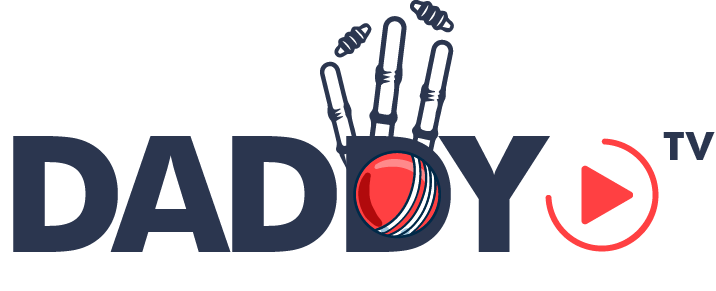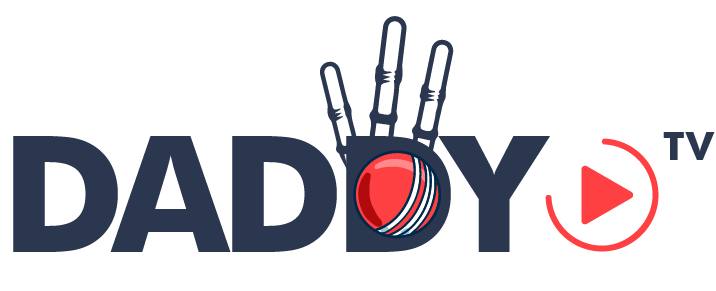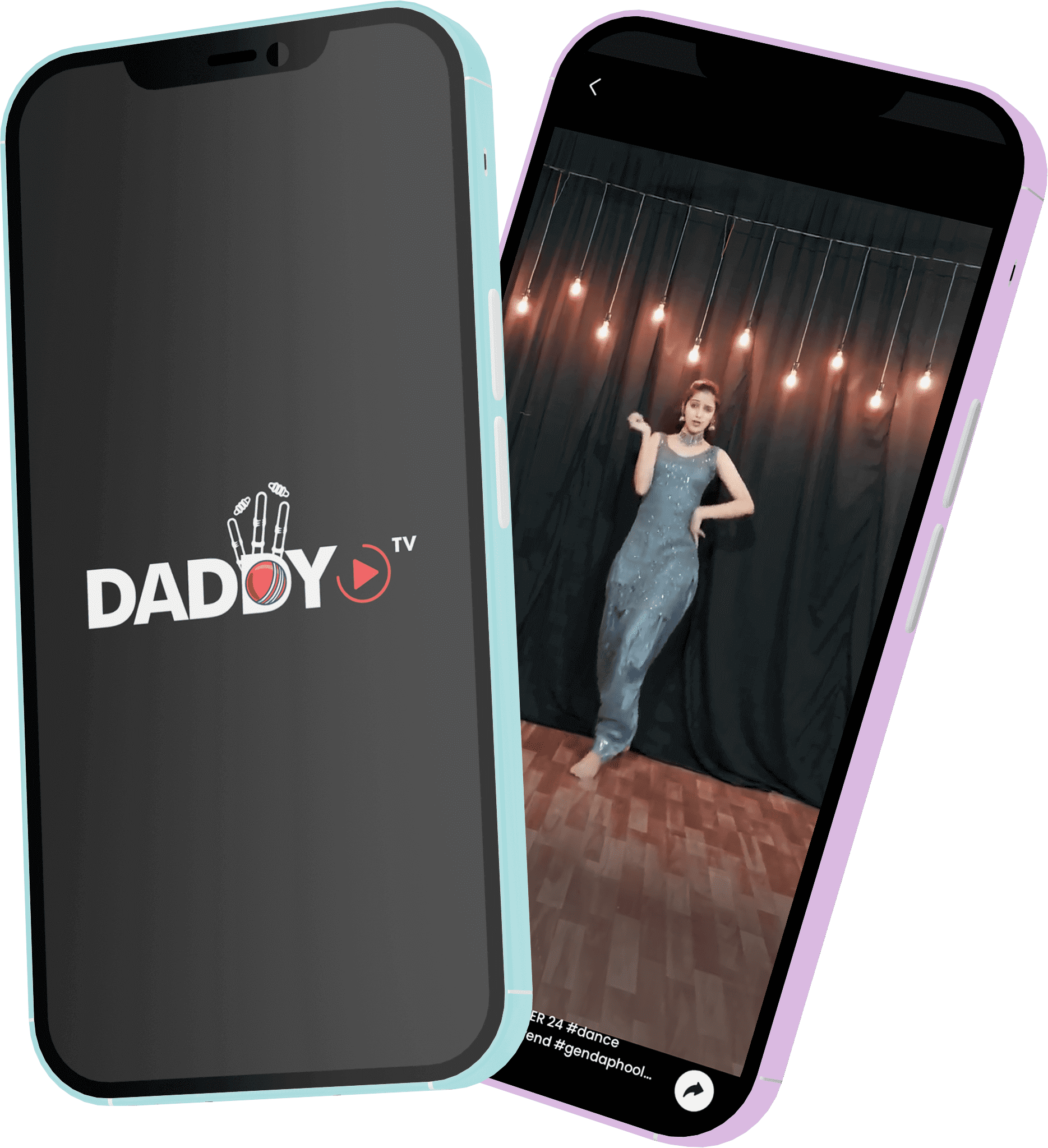Notice, Job 105 has been moved from Finished Goods Inventory since it was sold and is now reported as an expense called Cost of Goods Sold. Also, did you notice that actual overhead came to $9,800 ($1,000 indirect materials + $2,000 indirect labor + $6,800 other overhead from transaction g) but we applied $9,850 in overhead to the jobs in transaction d? Whenever we use an estimate instead of actual numbers, it should be expected that an adjustment is needed. We will discuss the difference between actual and applied overhead and how we handle the differences in the next sections. Indirect labor records are also maintained through time tickets, although such work is not directly traceable to a specific job.
Also, did you notice that actual
overhead came to $9,800 ($1,000 indirect materials + $2,000
indirect labor + $6,800 other overhead from transaction g) but we
applied $9,850 in overhead to the jobs in transaction d? Whenever
we use an estimate instead of actual numbers, it should be expected
that an adjustment is needed. We will discuss the difference
between actual and applied overhead and how we handle the
differences in the next sections. The company can make the manufacturing overhead journal entry when assigning the indirect costs to overhead by debiting the manufacturing overhead account and crediting all the indirect production costs. For example, during the period, the manufacturing company ABC has used $35,000 of direct raw materials and $4,000 of indirect raw materials.
Job
16 had 875 machine-hours so we would charge overhead of $1,750 (850
machine-hours x $2 per machine-hour). Job 17 had 4,050
machine-hours so overhead would be $8,100 (4,050 machine-hours x
$2). The journal entry to apply or assign overhead to the jobs
would be to move the cost FROM overhead TO work in process
inventory. For example, Job 105 had revenue of USD 9,000 and costs of USD 5,500.Third, managers would compare actual overhead on the left side of the Overhead account, with the overhead applied to jobs on the right side.
For example, in October, the company ABC which is a manufacturing company incurs a total labor cost of $100,000 which includes the $80,000 of direct labor and the $20,000 of indirect labor during the period. The company ABC uses the job order costing in order to trace the manufacturing costs to a specific job order as well as to measure the costs of each completed https://personal-accounting.org/ unit of product. In the accounting of job order costing, the labor cost account is usually used for recording the labor cost that incurs during the period including both direct labor and indirect labor. And then this cost will be transferred to the production in order to add up to the cost of units being produced which is usually called work in process.
- Other indirect production costs include utilities, insurance, depreciation, property tax, repairs and maintenance, etc.
- Companies generally use job cost systems when they can identify
separate products or when they produce goods to meet a customer’s
particular needs. - Conversely, the production of some products occupies such a brief period of time that the accounting staff does not bother to track WIP at all; instead, the items in production are considered to still be in the raw materials inventory.
- The company compares the cost of each job with
the revenue received to be sure the jobs are profitable.
Sometimes
the company learns that certain jobs are too costly considering the
prices they can charge. For example, Creative Printers recently
learned that cookbooks were not profitable. On the other hand,
printing instruction manuals was quite profitable, so the company
has focused more on the instruction manual market.
7 Prepare Journal Entries for a Job Order Cost System
Also, they may ask the accountants to increase
the overhead applied to jobs to give them a better idea of the cost
of jobs. If the actual is less than the applied overhead, they may
ask the accountants to reduce the overhead applied to jobs. In a journal entry, we will do entries for each
letter labeled in the chart — where the arrow is pointing TO is our
debit and where the arrow is coming FROM is our credit. Here is a
video discussion of job cost journal entries and then we will do an
example. A job cost system (job costing)
accumulates costs incurred according to the individual jobs.
Work in Process Journal Entry
The journal entry to apply or assign overhead to the jobs would be to move the cost FROM overhead TO work in process inventory. If you are operating a production facility, then the warehouse staff will pick raw materials from stock and shift it to the production floor, possibly by job number. This calls for another journal entry to officially shift the goods into the work-in-process account, which is shown below. If the production process is short, it may be easier to shift the cost of raw materials straight into the finished goods account, rather than the work-in-process account.
An interesting point about inventory journal entries is that they are rarely intended to be reversing entries (that is, which automatically reverse themselves in the next accounting period). Then, when you locate obsolete inventory and designate it as such, you credit the relevant inventory account and debit the obsolescence reserve account. This approach charges the cost of obsolescence to expense in small increments over a long period of time, rather than in large amounts only when obsolete inventory is discovered. There is also a separate entry for the sale transaction, in which you record a sale and an offsetting increase in accounts receivable or cash. A sale transaction should be recognized in the same reporting period as the related cost of goods sold transaction, so that the full extent of a sale transaction is recognized at once. It may be possible to use backflushing to estimate the cost of the materials currently located in the work in process area.
However, standard costs are not as precise as actual costs, especially if the standard costs turn out to be inaccurate, or there are significant production inefficiencies beyond what were anticipated in the standard costs. After this journal entry, the balance of manufacturing overhead remains $500 (8,500 – 8,000) on the debit side of the ledger. This a sign of underapplied overhead; though whether it is under or overapplied overhead, it will be shown at the end of the accounting period. In prolonged production operations, there may be a considerable amount of investment in work in process. Conversely, the production of some products occupies such a brief period of time that the accounting staff does not bother to track WIP at all; instead, the items in production are considered to still be in the raw materials inventory.
4: Job Costing Process with Journal Entries
The difference between direct labor and indirect labor is that the indirect labor records the debit to manufacturing overhead while the credit is to factory wages payable. For example, in January 2021, the manufacturing company ABC uses $1,500 of the indirect raw materials and $1,000 of indirect labor cost. Other indirect production costs, including depreciation, utilities, insurance, property tax, maintenance and repairs, have the total amount of $6,000. In this journal entry, raw materials and labor costs only include the indirect cost as the direct cost can be assigned to the work in process of the specific job directly. Other indirect production costs include utilities, insurance, depreciation, property tax, repairs and maintenance, etc.
Transfer to labor cost to production
Motion pictures, printing, and other industries where unique jobs are produced use job costing. Manufacturing overhead includes indirect material, indirect labor, and other types of manufacturing overhead. It is difficult, if not impossible, to trace manufacturing overhead to a specific product, and yet, the total cost per unit needs to include overhead in order to make management decisions. In addition to indirect raw material and indirect labor, the manufacturing overhead also includes other costs that indirectly contribute to the product such as depreciation, utilities, and insurance, etc. The company compares the cost of each job with
the revenue received to be sure the jobs are profitable.
To illustrate a
job costing system, this section describes the transactions for the
month of July for Creative Printers. The company compares the cost of each job with the revenue received to be sure the jobs are profitable. Sometimes the company learns that certain jobs are too costly considering the prices they can charge. For example, when recording the journal entry for labor, the work in process inventory account is Creative Printers recently learned that cookbooks were not profitable. On the other hand, printing instruction manuals was quite profitable, so the company has focused more on the instruction manual market. To illustrate a job costing system, this section describes the transactions for the month of July for Creative Printers.
Consulting, law,
and public accounting firms use job costing to measure the costs of
serving each client. Motion pictures, printing, and other
industries where unique jobs are produced use job costing. Examples include home builders who design specific houses for each customer and accumulate the costs separately for each job, and caterers who accumulate the costs of each banquet separately. Consulting, law, and public accounting firms use job costing to measure the costs of serving each client.






